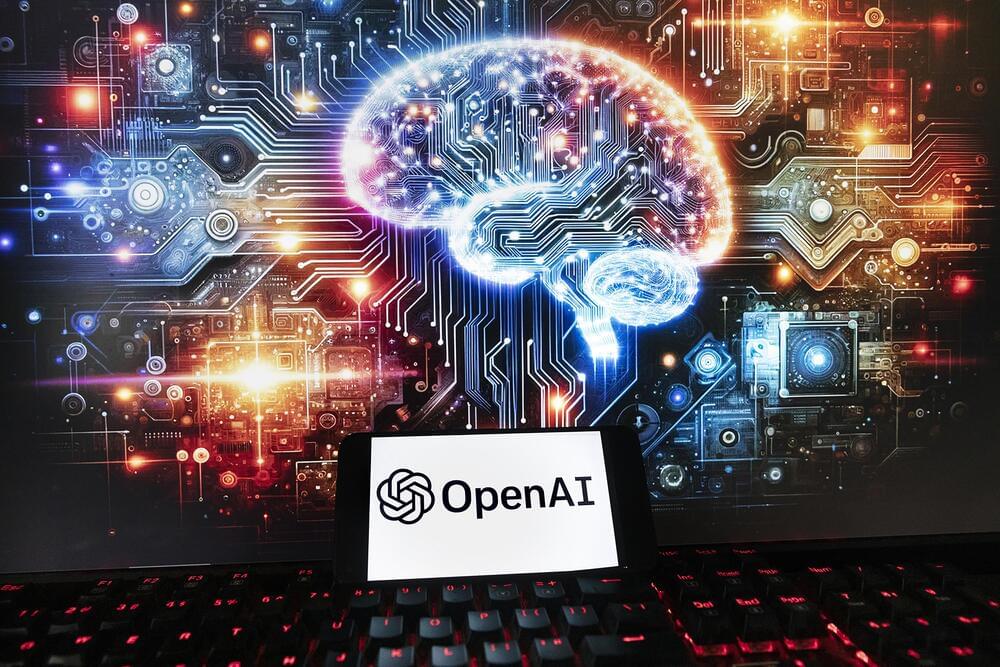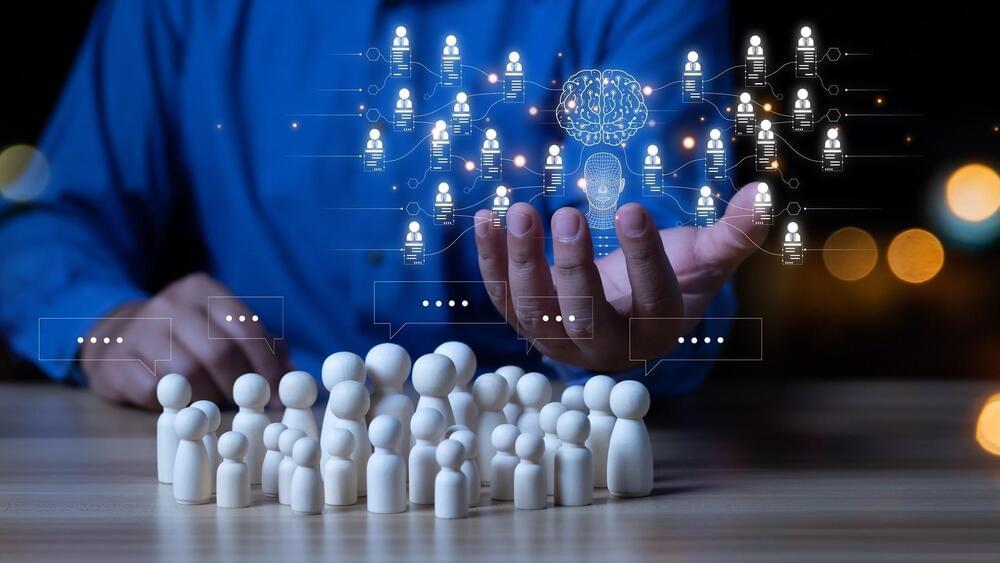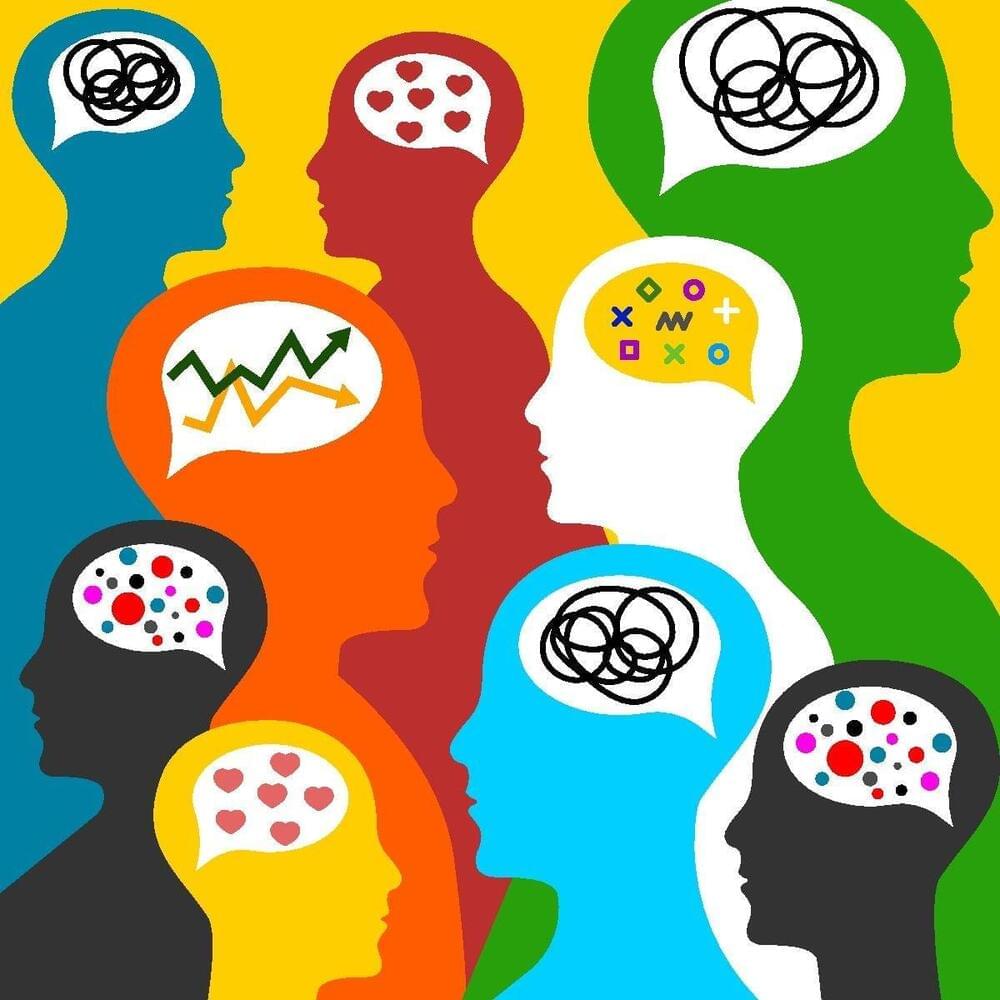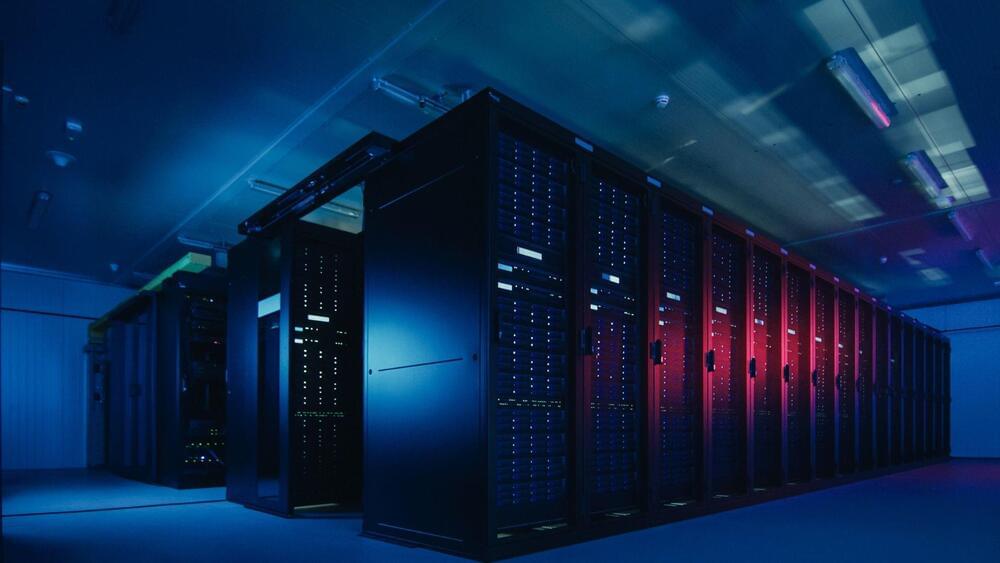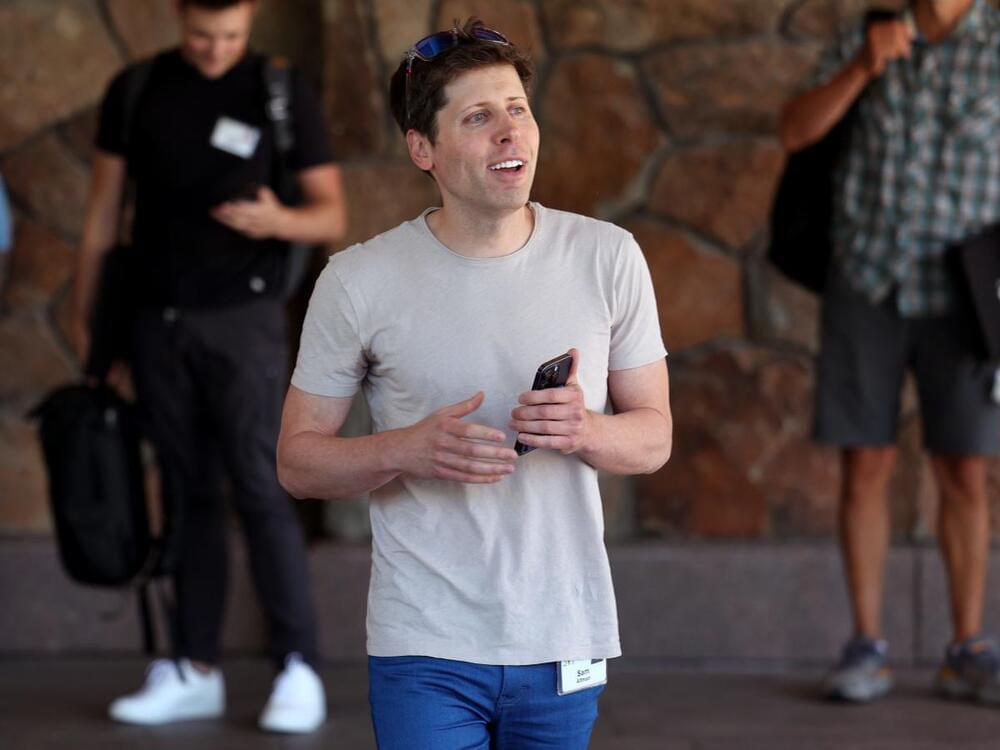LONDON (AP) — European Union negotiators clinched a deal Friday on the world’s first comprehensive artificial intelligence rules, paving the way for legal oversight of technology used in popular generative AI services like ChatGPT that has promised to transform everyday life and spurred warnings of existential dangers to humanity.
Negotiators from the European Parliament and the bloc’s 27 member countries overcame big differences on controversial points including generative AI and police use of facial recognition surveillance to sign a tentative political agreement for the Artificial Intelligence Act.
“Deal!” tweeted European Commissioner Thierry Breton, just before midnight. “The EU becomes the very first continent to set clear rules for the use of AI.”
